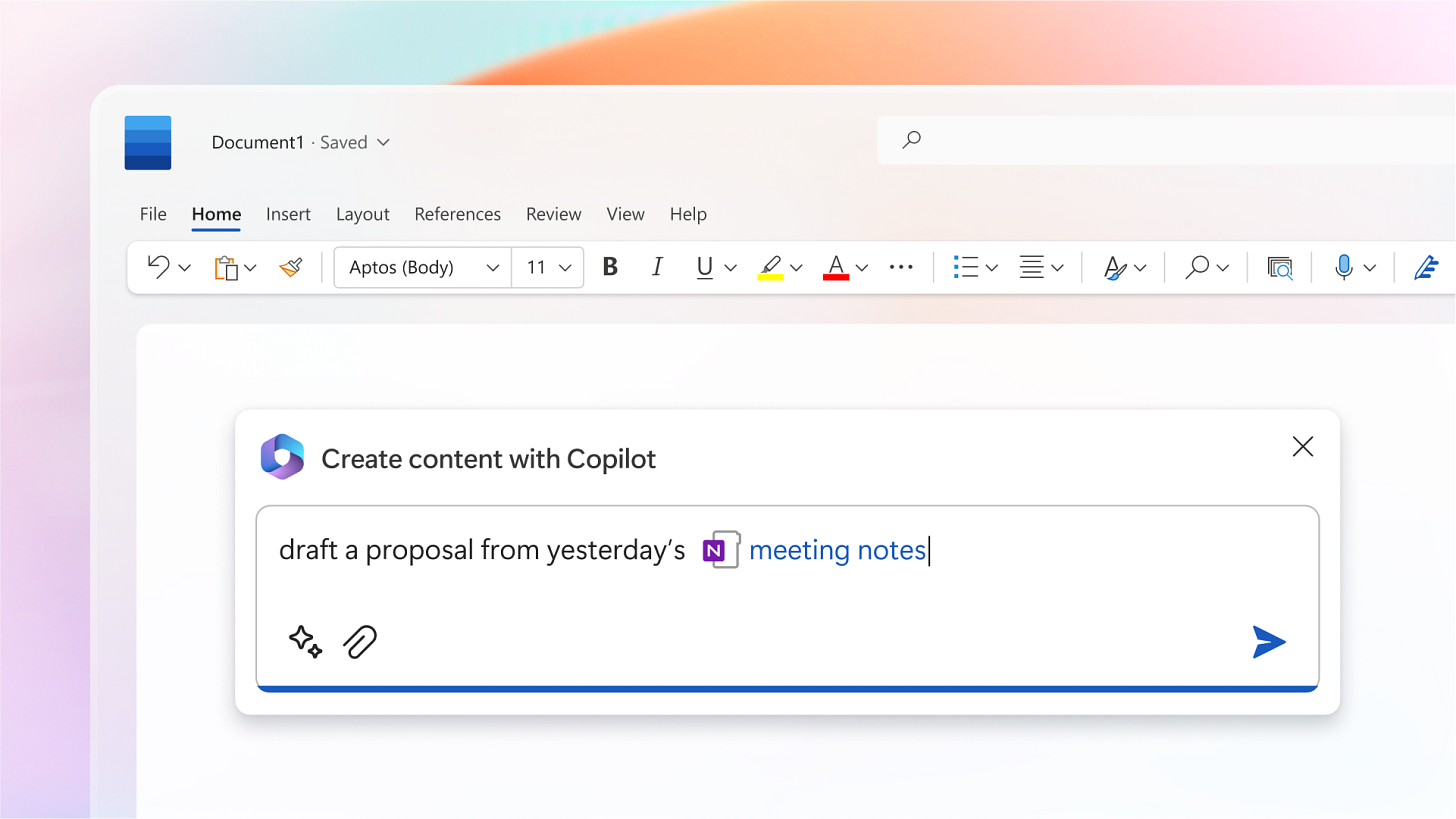Ready or not, meet the AI enterprise
THE LLM IS MIGHTIER THAN THE PEN
Welcome to Mostly Cloudy! Today: Microsoft caps off a big week for the 2023 AI Hype Cycle, the ramifications of Silicon Valley Bank’s abrupt failure continue to play out, and Google Cloud gets mid.
Photo: Microsoft
OK computer
As the first quarter of 2023 winds down, not even the failure of tech’s best banking friend could slow down the generative AI frenzy. Just this week alone, Google showed off plans to build generative AI tools into Workplace (and raised prices on the same day), OpenAI unveiled GPT-4, and Microsoft capped off the week with a demonstration of how OpenAI’s generative AI technology will become your new PowerPoint Copilot.
Most of the demonstrations this week were carefully controlled and available only to a subset of users, with wider availability coming later this year. That’s both congruent with the way web software has been introduced for decades and frustrating, in that most of what we’ve seen so far has not been tested by the edge cases that define whether a new technology is truly useful; especially one everyone acknowledges can produce bizarre and confidently incorrect results a siginificant amount of the time.
Much of what Microsoft showed off Thursday sounded interesting for internal business activity: auto-generated summaries of meetings on Microsoft Teams, input-driven analysis of sales data in an Excel spreadsheet to pull out trends and insights, and new ways to build low-code apps in Power Platform by simply typing what you want to accomplish into the Copilot box.
The inevitable hallucinations that users will encounter — which Microsoft has skillfully, if nauseatingly, rebranded as “usefully wrong” anwers — were acknowledged in demos from all three parties this week, and it’s very clear that early users of these tools will have to do their due dilligence before presenting Copilot-generated reports to the board. Still, there’s no question that people will find Copilot a useful way to eliminate some of the drudgery of their work.
Given that these types of tools are coming to both of the most widely used office productivity suites in short order, businesses have some thinking to do about how they’ll use them both internally and externally. There’s something quite weird about the prospect of highly paid knowledge workers communicating via computer-generated output; project updates and data dumps, sure, but strategy planning assesments and employee reviews?
Some organizations will embrace these features as easily correctable time savers, but others might decide they produce lowest-common denominator results that take more time to verify. Or we could see companies using generative AI exclusively inside their own networks while barring employees from using it to communicate with current or prospective customers, fearful of hurting their brands.
After months of breathless, stage-managed rollouts, pretty soon we’ll get to see what business customers actually want and need from generative AI tools.
Running up that hill
The speed at which Silicon Valley Bank collapsed last week was one of the most stunning things in recent tech history, a disaster that ensnared countless numbers of small businesses that didn’t realize they were taking undue risks with their money by parking it in probably the most startup-friendly bank in the country. Even after assurances that depositors will be made whole, expect to see a lot more banking diversification in the future.
Enterprise tech startups were of course not immune from the crisis, like all other sectors of tech. HashiCorp is now a big public company with a professional finance department, but co-founder Mitchell Hashimoto’s recollection of his early missteps with big checks and local banks is a good read for founders looking for financial advice and others trying to understand the startup mentality.
“As you find out in Silicon Valley — whether it’s wealth managers or accountants or lawyers — there’s this herd mentality and no one actually asks each other why they use whatever service they use,” said Kevin Systrom, Instagram and Artifact co-founder, this week at SXSW. That mentality also applies to enterprise tech vendors, and as the dust settles, it’s a good reminder to figure out which tech suppliers could torpedo your company overnight if they evaporated, and consider backup plans.
Around the enterprise
Google Cloud is courting midmarket companies in an attempt to boost profits, according to The Information, which could be a good way for the third-place cloud vendor to differentiate itself against AWS and Microsoft.
Docker apologized after its decision to shut down its Free Team plan ruffled more than a few feathers in the open-source community.
The Department of Defense appears ready to award another batch of cloud contracts to AWS, Microsoft, Google, and Oracle over the next few weeks, focusing on “secret” level technology that could be used on the battlefield.
Thanks for reading — see you next week!


